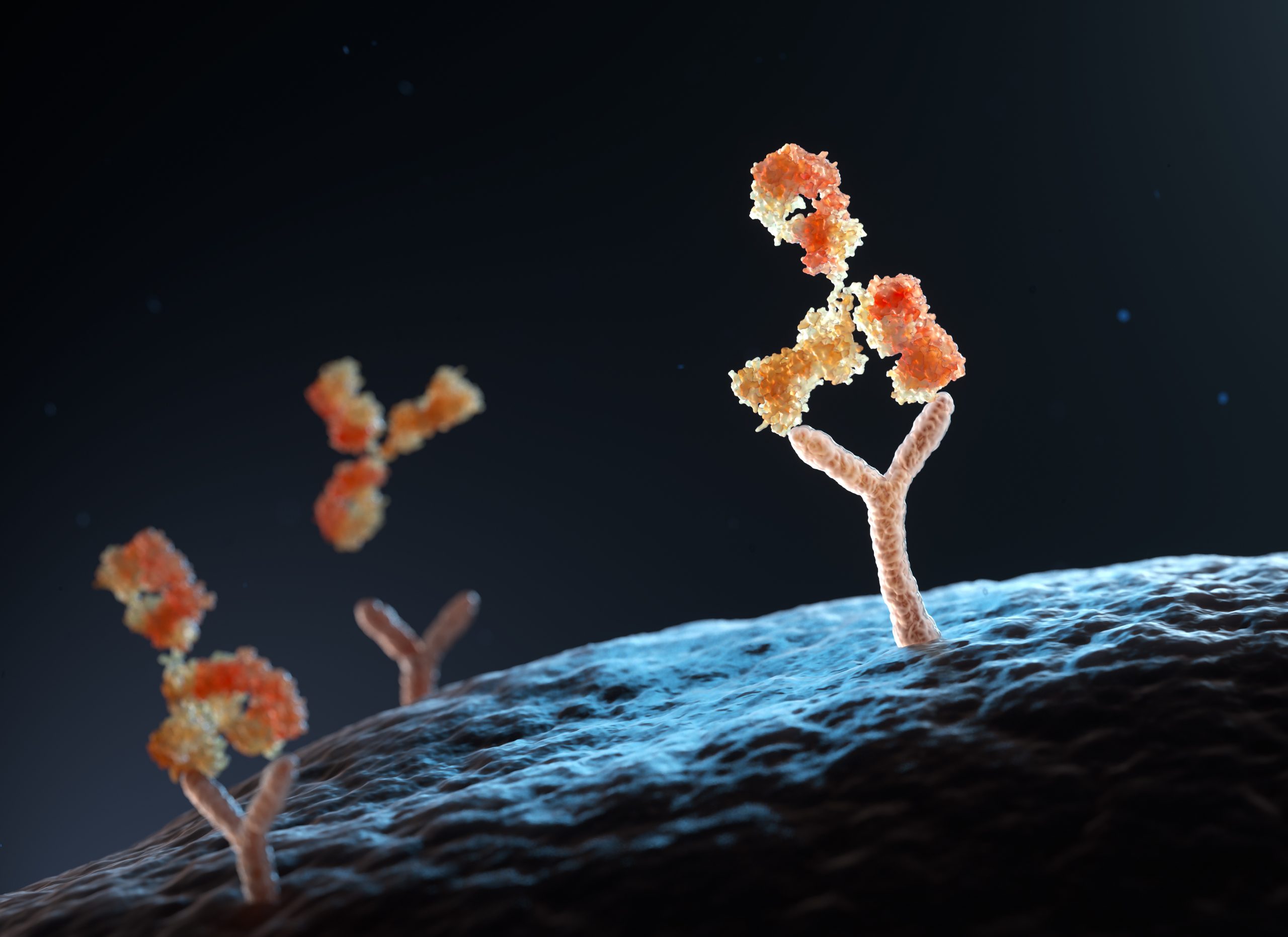How to Assess Binding in Drug Discovery
Julienne Regele | Calliste Scholl
January 8, 2024
Intro to ITC
The most popular tool used to characterize binding in the late-discovery phase of drug development is isothermal titration calorimetry (ITC). ITC is a high-resolution method for complete characterization of the basic chemical details of a binding interaction. The calorimeters accomplish this by measuring the heat that is released or absorbed when molecules interact with each other. Temperature conditions can also be controlled to understand the temperature dependence of binding. Learn more about ITC measurements and instruments in this blog.

ITC in Late-Stage Discovery
The thermodynamic profiles of ligand-protein binding have recently reignited interest in drug discovery. This is mainly because it provides mechanistic insights into the molecular interactions that determine the affinity of a ligand to its target.1 The main goal of the late-stage discovery phase is to evaluate and enhance ligand-protein potency and binding. When analyzing the binding affinity of different compounds, it is important to understand the energy changes that occur as they act as a driving force for the ligand binding to its target. Specifically, ITC can measure the enthalpy changes and binding affinity of a reaction, allowing scientists to determine and optimize which compounds have the most potential for drug use.
The first measured parameter to consider is enthalpy (ΔH). According to Gibbs equation, changes in enthalpy directly affect the likelihood and efficiency of ligand binding. Therefore, a hit with an enthalpically more favorable binding signature is worthy of further development, and the hit-to-lead optimization should also seek to improve the binding enthalpy.2 One reason for this is that it is difficult to improve entropic properties after late-stage discovery, due to the addition of lipophilic groups to help improve druggability.1 Therefore, it is beneficial to consider potential enthalpic improvements early in development. The other reason is that a more negative value of enthalpy means more specific interactions form between the ligand and its target, which has significant impact on the selective improvement of a hit.1 To evaluate which ligand is more enthalpically favorable, a ratio of the enthalpy to the molecular mass of the ligand (termed the enthalpic efficiency) is used.1 To summarize, the measurement of enthalpy by ITC provides key indications to qualify ligands as candidates for further modifications.
The second measured parameter that can be used for consideration is the binding constant (KD). The KD is a measure of how strong or weak the interaction is; ITC can measure binding affinities in the nanomolar to millimolar range directly. If the interaction is sub nanomolar, then competitive replacement assays can be performed to determine the KD of the tighter binder. More recent advancements to ITC analysis have allowed for the determination of the kinetic parameters, dissociation rate (koff) and association rate (kon). Measurements of these kinetic parameters can be important for discovering the lead or candidate drug with the desirable residence time, as well as the superior binding affinities.1
Technical Advantages of ITC
As mentioned above, there are many technical advantages of using ITC in the late stage of discovery. First, ITC allows for the measurements of all binding and thermodynamic parameters, including enthalpy and entropy, in a single experiment. Second, it is a sensitive method that can also be used to study complex intermolecular interactions with multiple binding sites, in addition to quantifying different binding constants of a reaction. Third, ITC can perform measurements without any dyes or labeling, and requires a low-level of sample consumption. Lastly, this method requires minimal development or optimization steps, making it a very data driven tool that can be used to validate different computational models.
Binding Assessments for Discovery
To summarize, ITC is a powerful and popular tool that can measure the heat released and absorbed when molecules interact with each other. This has some great benefits in late-stage discovery, as the measured thermodynamic and kinetic parameters provide insight into which ligands have the most potential for future drug development and use. Overall, ITC provides a lot of unique insights that other methods cannot.
References
- Su, H., & Xu, Y. (2018). Application of ITC-Based Characterization of Thermodynamic and Kinetic Association of Ligands With Proteins in Drug Design. Frontiers in Pharmacology, 9, 1133. https://doi.org/10.3389/fphar.2018.01133
- Ladbury, J. E. (2004). Application of Isothermal Titration Calorimetry in the Biological Sciences: Things Are Heating Up! BioTechniques, 37(6), 885–887. https://doi.org/10.2144/04376TE01
Other Resources
- Application Note – Characterizing Virus Structure and Binding
- Application Note – Characterizing Protein – Protein Interactions by ITC
- Application Note – Characterization of Biopharmaceutical Stability
- Application Note – Advances in Native Binding Assays
- Application Note – Determining Thermal Stability of Antibodies with a Nano DSC
- Application Note – A Novel Thermodynamic Assay for Predicting and Monitoring Biomolecular Structure Stability
- Webinar – Biophysical Characterization of Antibodies in a Suspension: Solutions for Slurries
- Webinar – Biophysical Characterization of Antibody Drug Conjugates Using DSC
- Instrument – Nano DSC
- Instrument – Isothermal Titration Calorimeters (ITC)
- Instrument – Isothermal Microcalorimeters
- Contact – Contact TA Instruments Today

